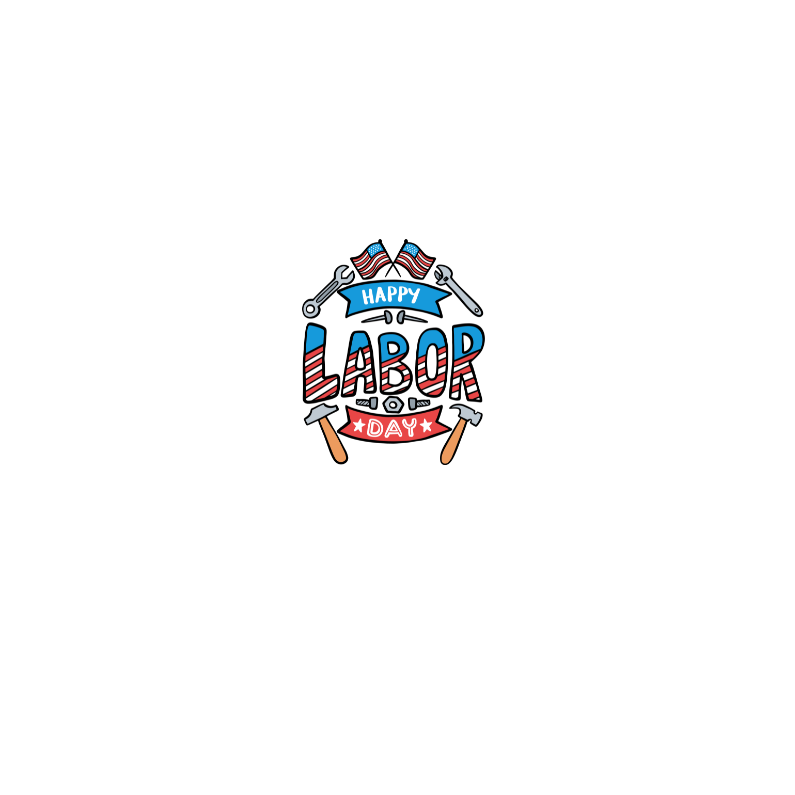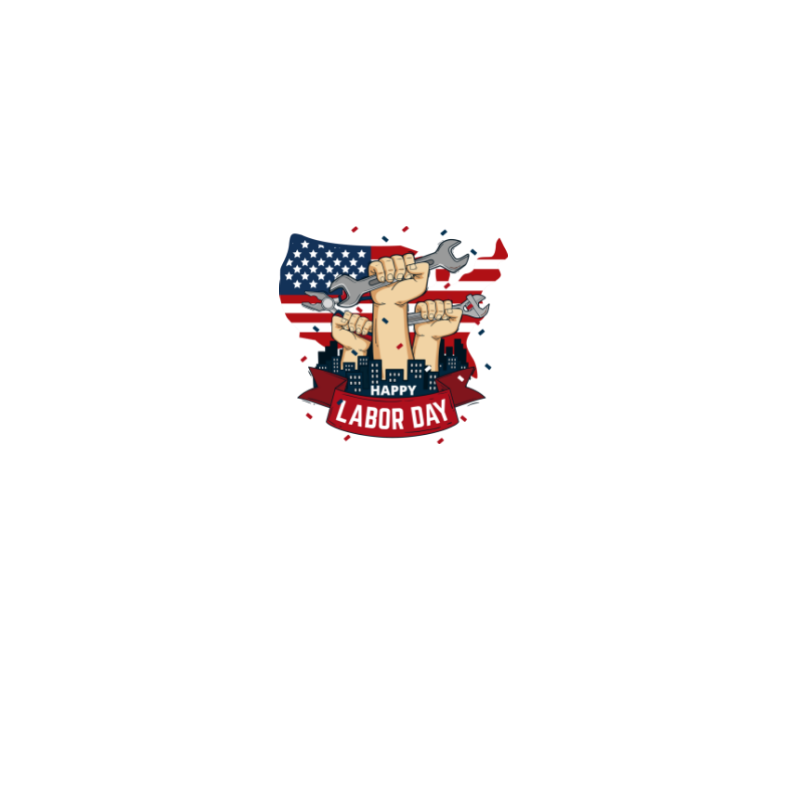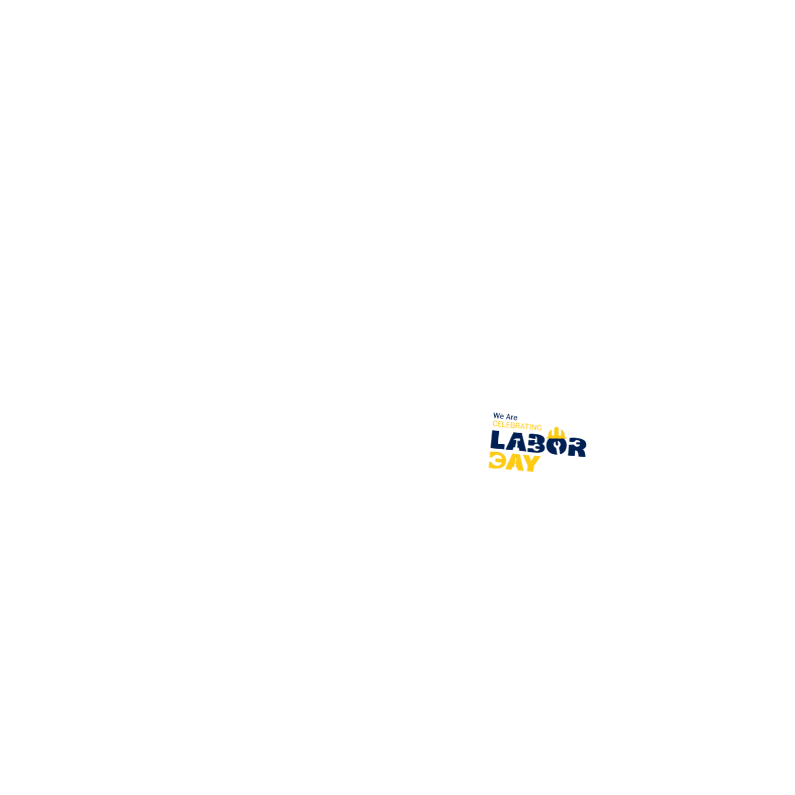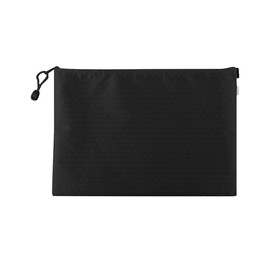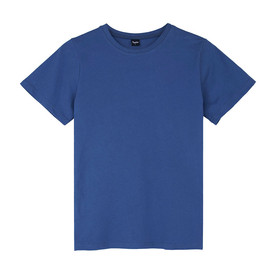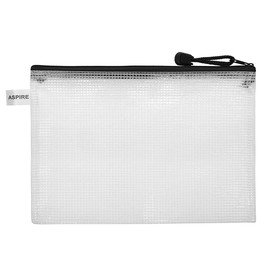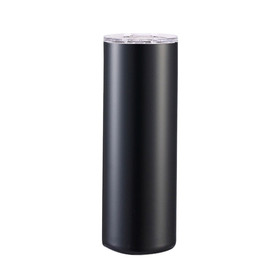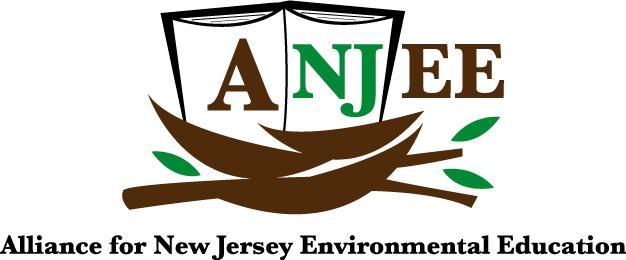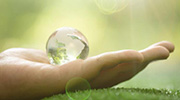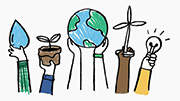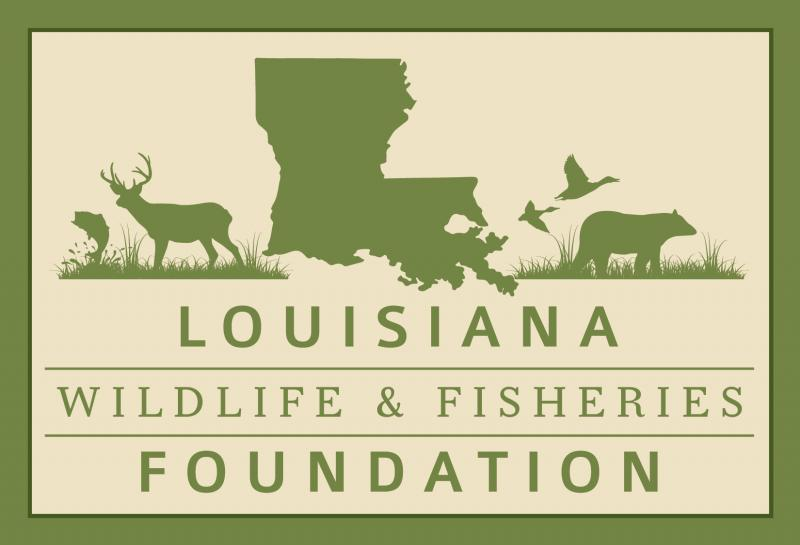Causes: Environment
Mission: Our Mission is to preserve and protect the ocean and its inhabitants.
Results: Save the Whales prevents Navy "Ship Shock" tests and saves 10,000 Marine MammalsIn an unprecedented victory, Save the Whales attorneys and scientific experts stopped the U. S. Navy from detonating 269 "Ship Shock" explosives in waters off of Southern California. Countless marine mammals were saved from death and injury including endangered whales, dolphins, and seals. Save the Whales Stops Salt Mining OperationSave the Whales, in conjunction with Mexican and U. S. environmental groups, worked relentlessly to halt Mitsubishi's plan to expand salt mining operations into the fragile San Ignacio Lagoon, Baja, California - the last undeveloped gray whale birthing lagoon in the world. Save the Whales Supports Rescue EffortsFishing nets entangle and drown marine mammals everyday. Our support of a rescue boat operation off of Southern California, saves whales, dolphins, seals, and birds that would otherwise die a slow and painful death. Save the Whales Campaigns Against WhalingDespite the 1986 moratorium on whaling, the slaughter continues. Save the Whales Works to Stop Marine Mammal Capture and CaptivityTaken from their families in the wild, 50% of dolphins die within two years and their estimated life span shrinks from 35 years to less than five. Save the Whales continues to educate the public about the cruelty of captivity. Save the Whales Works With Local, State, and Federal Agencies to Reduce Urban RunoffSea otters in Monterey, California are dying from diseases believed to be caused by urban runoff. Storm water pollution (urban runoff) is one of the largest sources of water pollution nationwide. Pollutants, including used motor oil, antifreeze, detergents, litter, paint, pesticides, pet waste, and copper, are flushed off streets and into storm drains which lead straight into rivers, creeks, and the oceans. Toxic chemicals (DDT and PCBs) in the ocean continue to affect marine mammals. Educating the public about this serious water quality issue is a priority for Save the Whales. Saving Whales: The Next GenerationNo one action will ensure the safety of whales for all time. This is why Save the Whales devotes so much time reaching out to children about marine life. So far, over 330,000 children have learned about whales and how to save sea life through Whales on Wheels (WOW™). This innovative hands-on program - taught by marine biologists - brings whale bones, marine mammals artifacts, and conservation messages to the classroom. WOW™ has traveled across the nation visiting school children in Alaska, Oregon, Washington, Illinois, Indiana, Ohio, Michigan, Virginia, and California. WOW™ is based in Monterey, California and has a program reach around the Monterey Bay. Since 2003, the Save The Whales BWET Program has been taking students out in the natural environment to observe their local watershed, take water quality data and use scientific intstruments. This nine-month hands-on opportunity allows students to see how human activities on land
Programs: Education program provides outreach and education presentations to school classrooms with the use of hands on materials. Electronic newsletters are emailed once a month to members and subscribers. They contain articles on current environmental issues. Flyers, brochures and educational materials on current topics are provided by mail or email. A website is maintained to provide educational resources to people around the world. We answer emails, telephone calls and mail from people all over the world and from people across the country requesting information and children doing school reports on whales.
Mission: Our Mission is to preserve and protect the ocean and its inhabitants.
Results: Save the Whales prevents Navy "Ship Shock" tests and saves 10,000 Marine MammalsIn an unprecedented victory, Save the Whales attorneys and scientific experts stopped the U. S. Navy from detonating 269 "Ship Shock" explosives in waters off of Southern California. Countless marine mammals were saved from death and injury including endangered whales, dolphins, and seals. Save the Whales Stops Salt Mining OperationSave the Whales, in conjunction with Mexican and U. S. environmental groups, worked relentlessly to halt Mitsubishi's plan to expand salt mining operations into the fragile San Ignacio Lagoon, Baja, California - the last undeveloped gray whale birthing lagoon in the world. Save the Whales Supports Rescue EffortsFishing nets entangle and drown marine mammals everyday. Our support of a rescue boat operation off of Southern California, saves whales, dolphins, seals, and birds that would otherwise die a slow and painful death. Save the Whales Campaigns Against WhalingDespite the 1986 moratorium on whaling, the slaughter continues. Save the Whales Works to Stop Marine Mammal Capture and CaptivityTaken from their families in the wild, 50% of dolphins die within two years and their estimated life span shrinks from 35 years to less than five. Save the Whales continues to educate the public about the cruelty of captivity. Save the Whales Works With Local, State, and Federal Agencies to Reduce Urban RunoffSea otters in Monterey, California are dying from diseases believed to be caused by urban runoff. Storm water pollution (urban runoff) is one of the largest sources of water pollution nationwide. Pollutants, including used motor oil, antifreeze, detergents, litter, paint, pesticides, pet waste, and copper, are flushed off streets and into storm drains which lead straight into rivers, creeks, and the oceans. Toxic chemicals (DDT and PCBs) in the ocean continue to affect marine mammals. Educating the public about this serious water quality issue is a priority for Save the Whales. Saving Whales: The Next GenerationNo one action will ensure the safety of whales for all time. This is why Save the Whales devotes so much time reaching out to children about marine life. So far, over 330,000 children have learned about whales and how to save sea life through Whales on Wheels (WOW™). This innovative hands-on program - taught by marine biologists - brings whale bones, marine mammals artifacts, and conservation messages to the classroom. WOW™ has traveled across the nation visiting school children in Alaska, Oregon, Washington, Illinois, Indiana, Ohio, Michigan, Virginia, and California. WOW™ is based in Monterey, California and has a program reach around the Monterey Bay. Since 2003, the Save The Whales BWET Program has been taking students out in the natural environment to observe their local watershed, take water quality data and use scientific intstruments. This nine-month hands-on opportunity allows students to see how human activities on land
Programs: Education program provides outreach and education presentations to school classrooms with the use of hands on materials. Electronic newsletters are emailed once a month to members and subscribers. They contain articles on current environmental issues. Flyers, brochures and educational materials on current topics are provided by mail or email. A website is maintained to provide educational resources to people around the world. We answer emails, telephone calls and mail from people all over the world and from people across the country requesting information and children doing school reports on whales.
hello@savethewhales.org
14040 Reservation Road, Salinas, CA 93908
831-899-9957
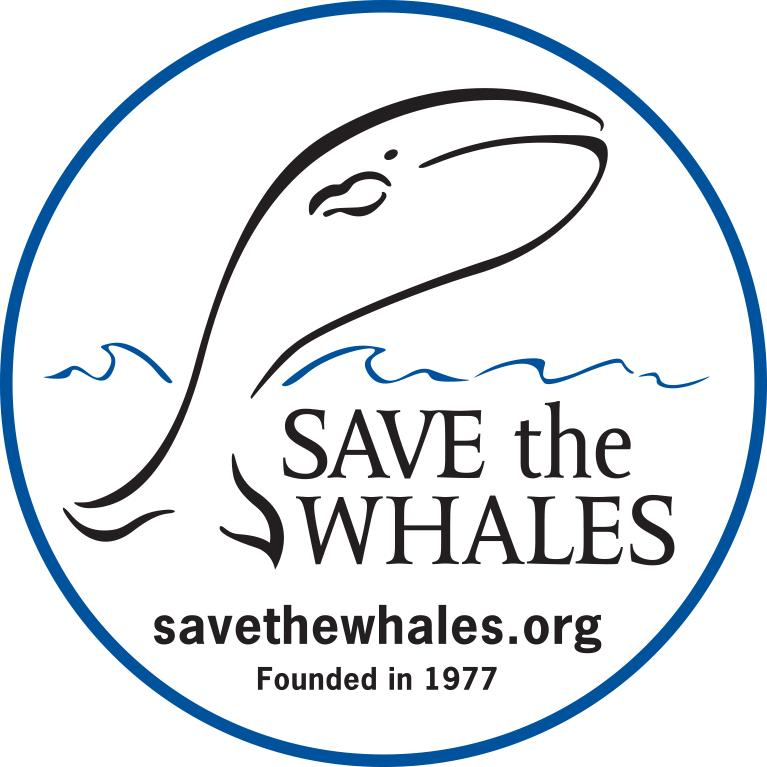
Environment
Salinas



